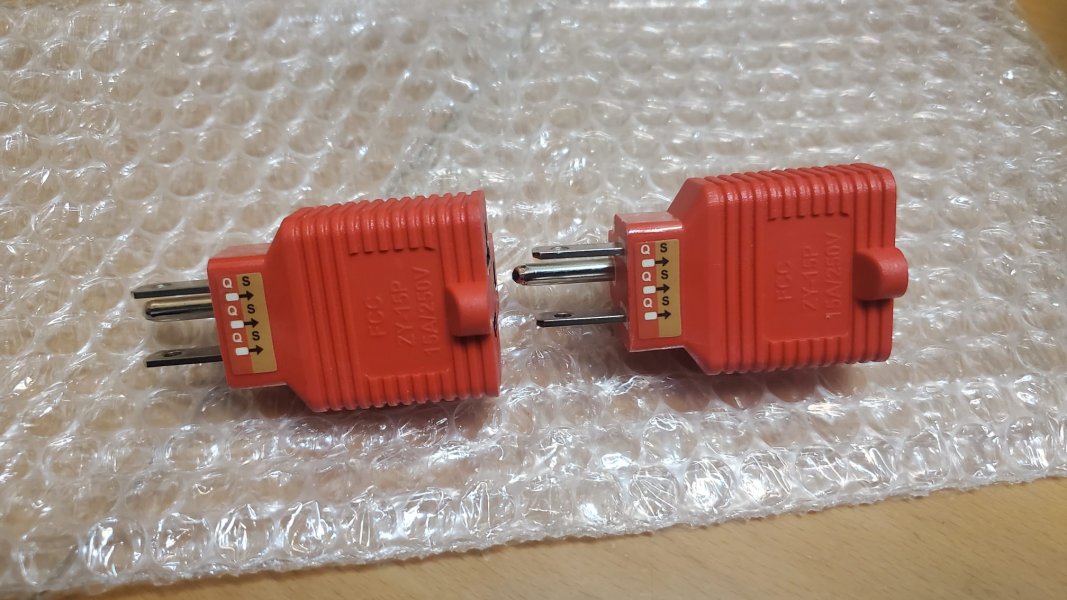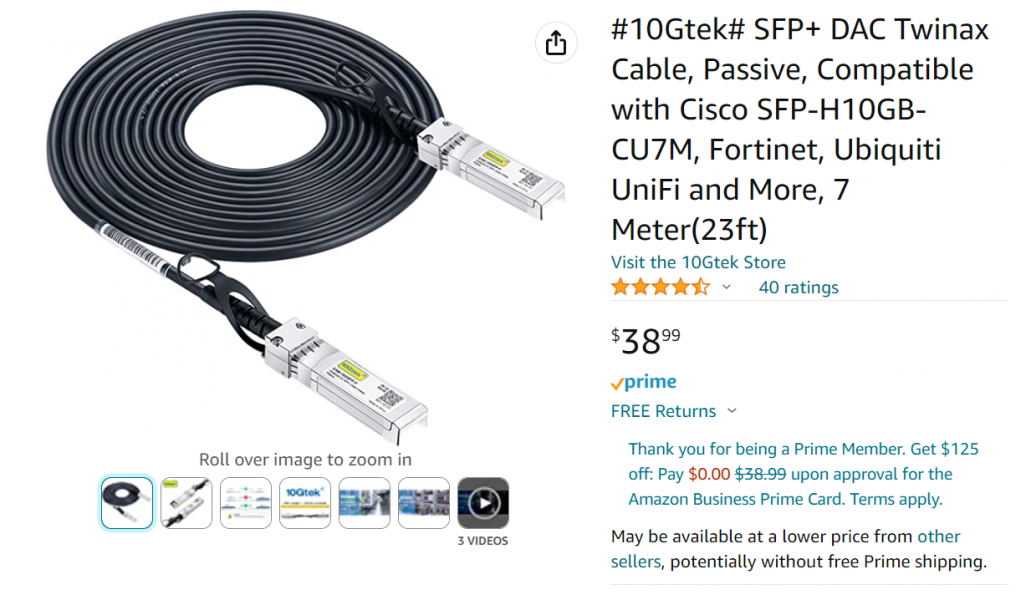There is a group of audiophiles who prefer integrated components. I have friends who have moved from the Chord Dave to a Vinnie Rossie DAC-Pre-Power all-in-one, with the idea that the signal path is shorter, and you're not bottlenecked by a weaker DAC analog stage. I have no experience with such integrateds, and the closest I've come is owning pre-power integrated components. The Pass Lab XA-25 I owned, for example, was extremely difficult to pair, being very transparent, and was capable of sounding both thin or full depending on the upstream. The INT-25 was much more balanced, musical, and wholly enjoyable, and I later bought one after selling the XA-25 for this reason. At current, the only integrated component I own is an
Ear Yoshino V12, which, if I'm being honest, I bought as much for its looks as for its sound. Now that Tim de Paravicini, founder of EAR Yoshino, has passed away (in 2020), I have all the more reason to keep this as the last flagship integrated he ever built.
This weekend, I endeavoured to try the Gamma Infinity on the Ear V12 because as an integrated, I could simply move the preamp Gamma Infinity to the Ear V12 and so have my entire analog front-end powered by QSA Lanedri. In the past, I had not used this integrated as much because while it had great tone, it seemed to lack just a bit on micro-detail compared to the other amps that I owned. With the QSA Lanedri, findings were interesting. The sound was beautiful, layered, with a focus on refined air and decay. It was also suitably full and organic. The separation is top-notch. Interestingly, it does all this without sounding slow or smeared- which more decay sometimes has the effect of doing.
Switching back to the AET Evidence, the sound sounds almost immediately devoid of vitamins- I hear the vocals, the mids, and only very light music surrounding it. Gone is the organic tone of the QSA Lanedri. The difference is so stark it is not merely one of a change in the emotional involvement; it seems to almost be losing music in the process. However the AET does bring something else to the party- due to the complete lack of decay and airy detail, every microdetail in the main harmonic can be heard in a spotlessly clean way- like a quiet raw studio recording with no autotune. Poorly recorded pop music on the AET also sounds almost like 'better quality radio'- which reminds me of why I loved it in the first place. There is a junk-food like quality to good music that you hear over the radio; you know it's bad, but you can't resist it nonetheless. In contrast, the Gamma Infinity makes even clipped pop music sound lightly refined and more subtle, like brushing your teeth in the morning.
99% of my music is poorly record pop music in Redbook. The last 1% consists of the rare occasion when this lousy pop gets released in 96/24. I listen to nothing higher quality than that. My music tends to sound harsh and clipped; bandwidth-limited, and all of my audiophile choices have gone into making this specifically sound good. For example, early on I found huge gains in network improvements- adding 2 Melco switch's made the treble more listenable, and I was able to swap everything out for the most ruthlessly revealing components without fatigue, yet letting me hear much deeper into the music. Similarly, pre-processing my music with PGGB 256 has been a godsend, allowing me to make my pop music sound refined, calibrated, and bringing out the missing micro-detail.
The QSA Lanedri has a similar type of impact. It sounds like it has a lower noise floor. This allows the music to retain a higher signal to noise ratio, and lets the precious limited signal from my choice of music shine through better. Some of my friends tell me that the Gamma Lan cable has an even bigger influence on the sound than the power cord; and given my experience in the past on how quieter networks can totally transform my system, I'm not surprised. BTW, in my experience, plenty of other components have a lower noise floor- they just unfortunately tend to chop off some of the long-tail of micro-signal together with that noise. These low-noise components tend to sound dark and 'musical', and I can't stress enough how much I hate them. So far I'm hearing none of that from the Gamma Infinity.
Swapping back to my AET however shows one thing- with the QSA Lanedri, the better SnR ratio will let so much more music come through that you may have to reevaluate the way you enjoy your music. In my case, my mind is processing so much more decay and air that I'm hearing the main sounds differently as well.
 www.whatsbestforum.com
www.whatsbestforum.com

 www.whatsbestforum.com
www.whatsbestforum.com
 www.qsa-lanedri.com
www.qsa-lanedri.com

 www.qsa-lanedri.com
www.qsa-lanedri.com




